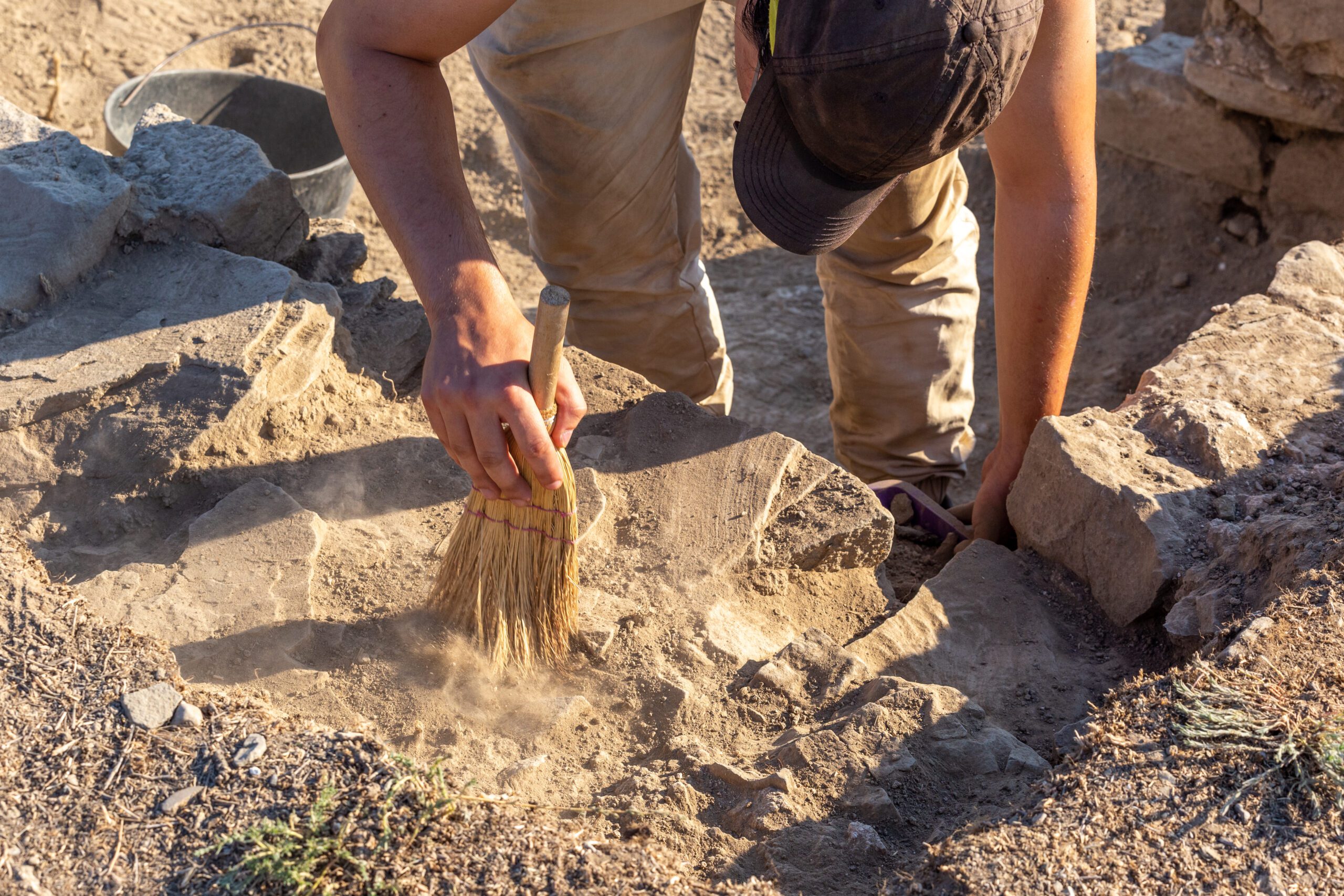Archaeologists Uncover Early Christian Church in Egypt with Surprising Burials
Published On: November 11, 2024

An archaeological team has unveiled a significant early Christian church in Egypt’s Dakhla Oasis, within the ancient city of Trimithis, now known as Amheida. This discovery, reported in Newsweek, highlights one of Egypt’s oldest Christian churches, dating back over 1,600 years. This basilica-style church, constructed around the mid-fourth century, reflects the influence of Roman Emperor Constantine, the first Roman ruler to embrace Christianity and foster its spread.
Found within the church’s crypts were the remains of 17 individuals, including women and children—a surprising discovery given the patriarchal structure of Roman society at the time. According to David Ratzan of New York University’s Institute for the Study of the Ancient World, this finding underscores the critical role of women in early Christian communities. The crypts, preserved under the eastern end of the church, are the earliest of their kind found in Egypt, providing fresh insights into early Christian burial practices.
Decorative elements of the church’s ceiling, collapsed but preserved on the floor, offer a rare view of the artistic style in early Christian worship spaces. These features highlight the connection between Trimithis’s local Christian community and the wider Roman Empire. Despite its isolated desert location, the city of Trimithis, spanning over 40 hectares, once flourished as a significant settlement with a vibrant Christian presence by the fourth century.
As researchers continue to study the human remains and artifacts, they expect to gain further insights into early Christian life and the community that thrived in Trimithis. This remarkable discovery sheds new light on the expansion of Christianity on the Empire’s edge. For more on this discovery, please refer to the original article on Newsweek.